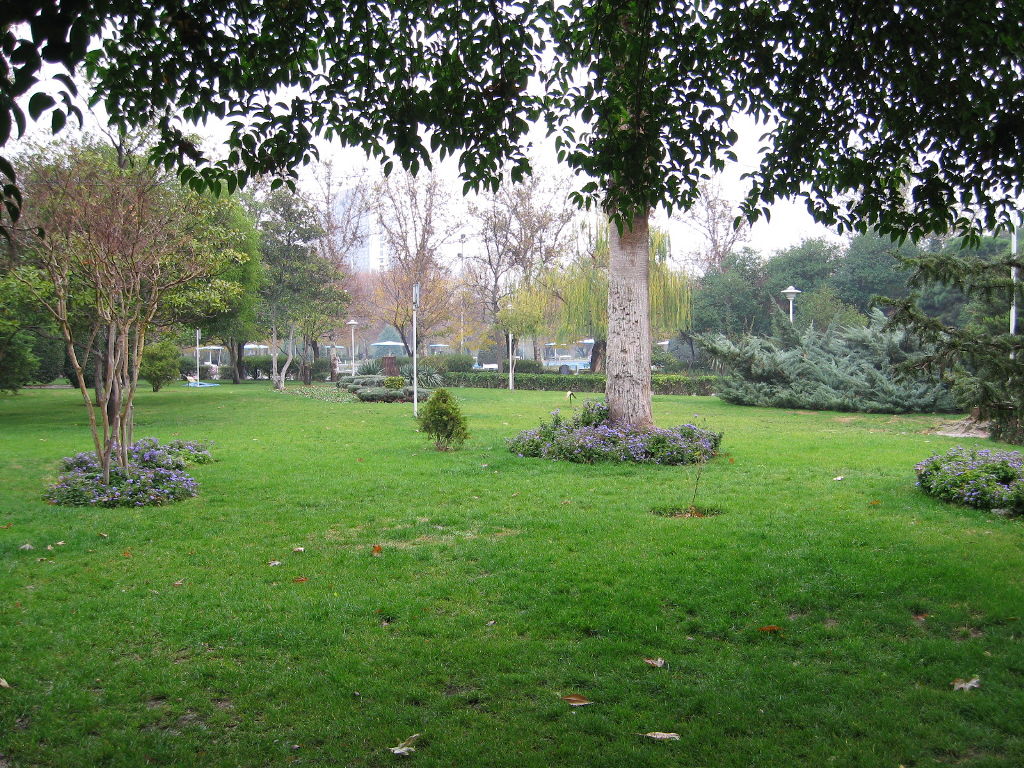Tehran mayor’s campaign calling for planting trees instead of growing grain seeds (Sabzeh) as a Norouz ritual has drawn both appreciation from environmental experts and criticism for not being properly studied.
Iranians grow seeds in the final days of winter and throw them in running water on the 13th day of the New Year (April 2) as part of a Norouz ritual.
In his institutive, Mohammad Ali Najafi has called on the public to plant a sapling in their gardens or in designated areas of the city and transfer it to their gardens on the occasion.
Mohammad Darvish, the former head of Education and Public Participation Office at the Department of Environment, has acknowledged the advantages of the innovative scheme, but argued that the idea is not well-thought-out, ISNA reported.
“The mayor’s idea is notable in that trees last longer than grown grains and need less water. However, taking care of the trees has remained neglected in the plan,” Darvish argued.
Caring Process
He added that merely planting a tree is not a difficult action, but the challenge begins when it comes to the caring process. This could be even more far-fetched in view of the poor condition of preserving green spaces in Tehran metropolis.
Darvish also pointed out that surveying land fertility before implementing such schemes is crucial because planting trees on inappropriate lands means manipulating the natural ecosystem of the area and inflicting extra strain on irrigation systems.
“Determining the right tree species adaptable to Tehran’s climate such as wild almond, Persian olive, and ash trees, is a key factor to guaranteeing the success of the project,” he noted. Besides, the National Environment Day on April 2 is not an appropriate time for planting trees.
“Early April is almost a month late for planting trees, therefore the planted saplings are not likely to survive,” he said.
Viable Alternative
Instead, Darvish suggested raising funds for the restoration of embattled northern woodlands.
“These forests potentially have a fertile soil and do not need irrigation, making it an appropriate place for new trees to grow.”
According to him, not only does the idea help alleviate loss of forests in the region, but also it can increase the lifetime of the existing trees.
Darvish suggested that the municipalities can estimate the money needed for planting and taking care of a tree and call for donations. Each donor can be given an ID card for each tree they sponsor and receive annual reports on their growth and condition.
“This could be a motivating measure to further involve the public in such schemes,” he added.


